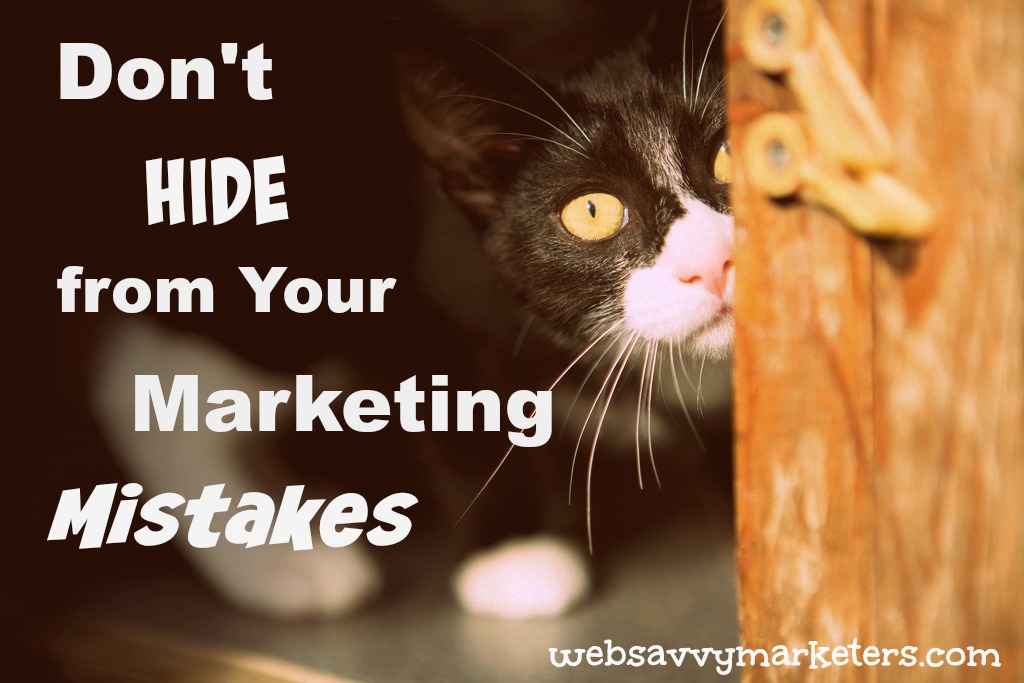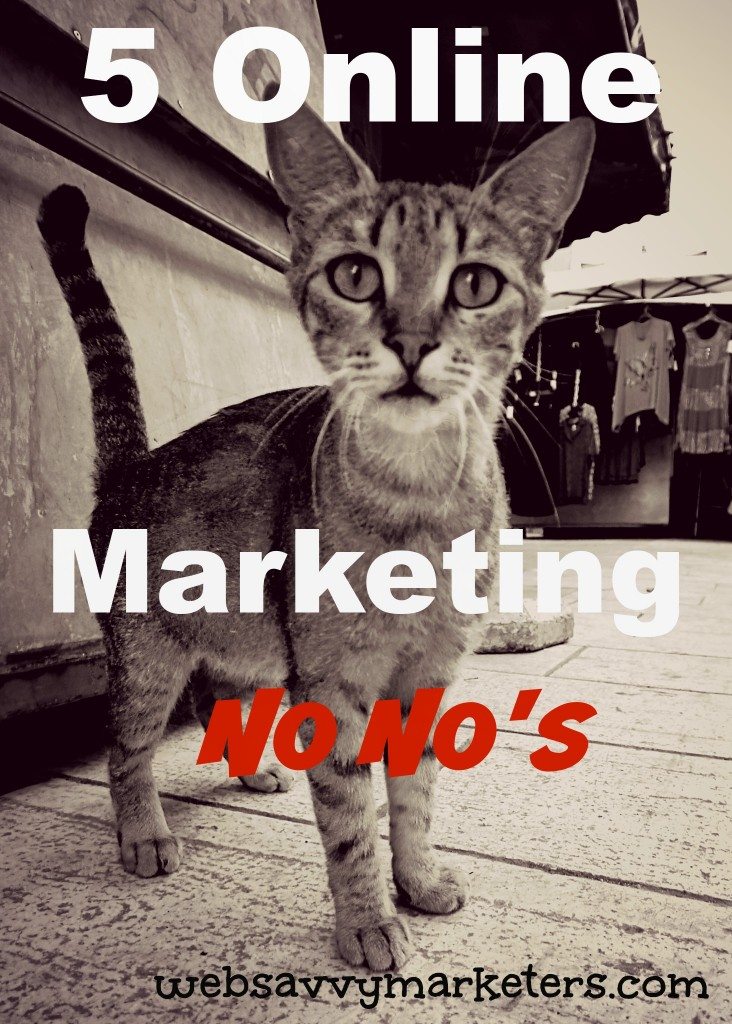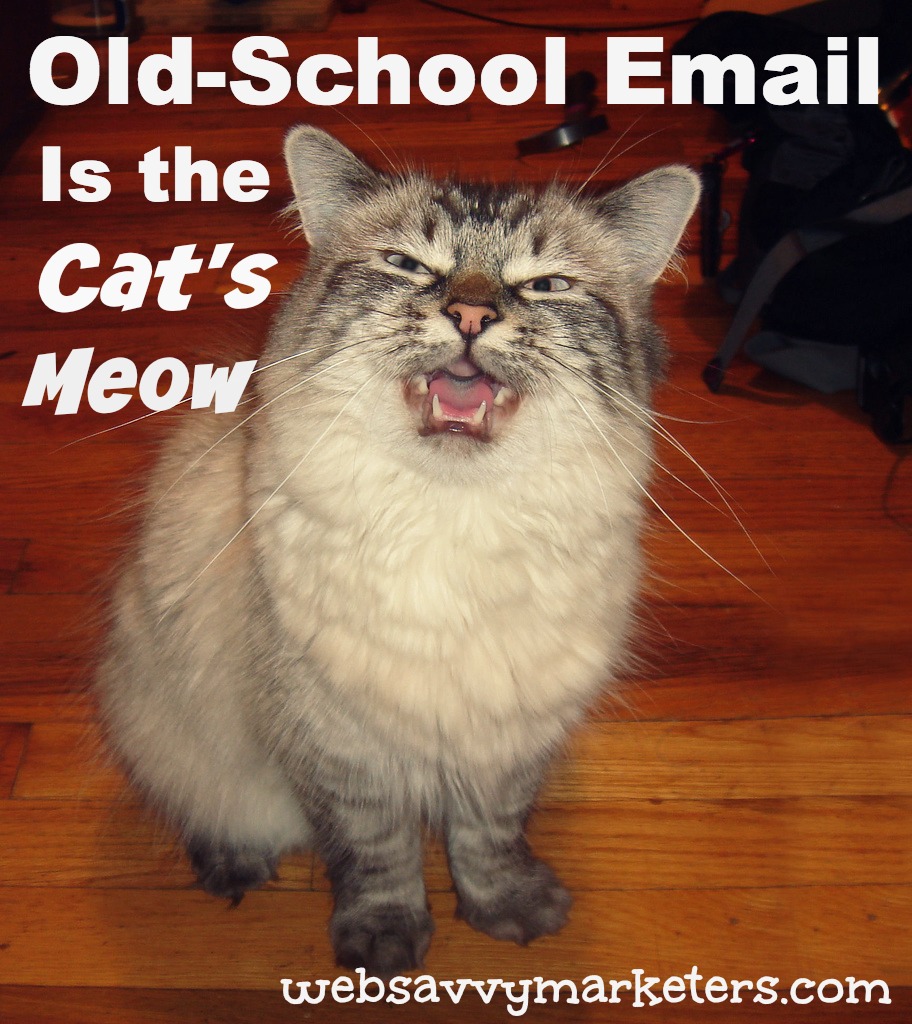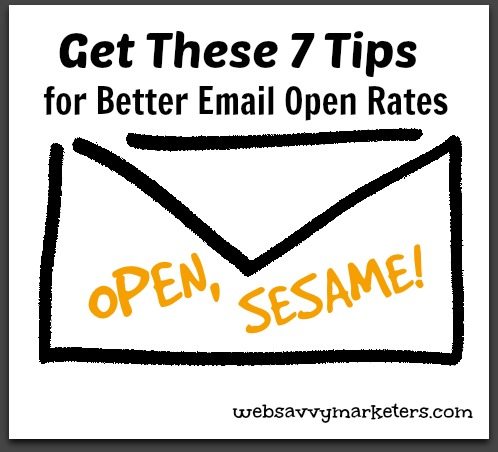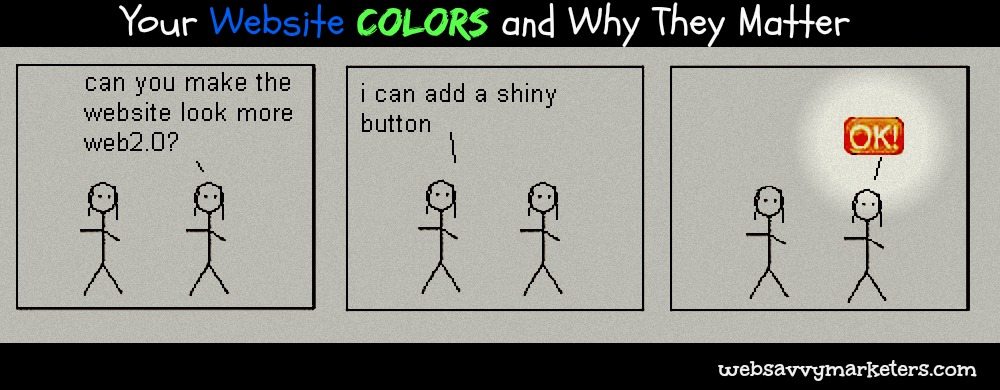 If you sell a product or service online, the big question that arises is, “How do I convert website traffic into leads?” Turning traffic into leads begins at the top of the marketing funnel, where discovery happens.
If you sell a product or service online, the big question that arises is, “How do I convert website traffic into leads?” Turning traffic into leads begins at the top of the marketing funnel, where discovery happens.
The all-important secret to your business begins right here. By understanding who your audience is and what their needs are, you can direct your website traffic. Know who your audience is and it will help you with the following ways to turn traffic into leads:
Share Content Your Audience Actually Cares About
Cater to your audience by creating content that they’re interested in. Speak to the humans who are looking for answers. Use the term “you” as if you’re talking directly to them and their personal needs.
Use blogs as an online tool to share this content, making it easier for search engines to find your brand when your topics are Googled and searched. According to research by HubSpot, the average company that blogs generates 55% more website visitors, 126% more leads, 97% more inbound links, and has 434% more indexed pages.
Use social media as a no-pay way to get attention as news feeds screech to a scrolling halt when they spy your eye-catching posts. Remember to communicate on each platform in the appropriate manner, including visuals whenever you can. Share your blog post links and photos, as well as entertaining items meant to capture your brand’s identity.
Writing and sharing your content is a critical step in getting your audience’s attention. You’re letting them know where to go for future information and entertainment value.
Keywords That Cater to the SERPS
You’ve heard the terms before: relevant, targeted, and organic keywords. It means using pertinent keywords to use in your site copy so your audience will find your brand in search results and ultimately land on your website.
Think about these keywords as you create copy. Optimized content helps with not only being discovered, but it’s proof that you’re knowledgeable and capable in solving the problems your audience is searching for answers to.
Somewhere out there they are looking for you. Help them to find you with a roadmap of keywords.
Offer Your Audience Something Compelling
They’ve discovered you at last. So what’s next?
This is where CTAs come into play. Call-to-actions are the go-to buttons for a compelling offer. These offers can be any type of freebie from a newsletter option to an ebook. Include the CTAs on your social media platforms, your promotional emails, and your landing pages.
Ask your audience for the most minimal information, their first and last name, and their email, allowing you to make future contact while giving them the opportunity to learn more about a program, sign up for a demo, download a white paper, watch a webinar, or get the deal. See Hubspot’s great CTA examples for a terrific source of inspiration.
If you include a CTA in your social media, it’s a good idea to use a URL shortener when you post a link that takes them to the landing page or designated form. CTAs are the most straightforward way to turn traffic into leads, so include them whenever it’s appropriate.
For your landing pages, CTAs are included as part of a clear and specific form, as detailed in Get Better Form Conversion With These 10 Tips. Don’t forget to label your CTA button with something besides “submit.”
Include an Email Subscription Offer on Your Blog
You’ve worked hard on your blog posts. Don’t let that effort go to waste.
Include an offer to subscribe in all your blog posts as a logical way to continue giving value. Take this database of email addresses, add them to your marketing email program, and grow your leads and attract potential customers.
Effective CTAs in your blog will help end your post with a bang. An enticing, concise call to action invites your readers to take a specific step by clicking on a button, or on a few lines of well-written text at the end of your post.
Make the invite as seamless as possible. Try something simple: “Like what you’ve read? Join us for our email update each week by adding your email to the form on the right.”
Or try something sassy: “Pssst. Want access to our blog updates each week and be in the know before all your friends have the scoop? Sign up here with your email and we’ll keep this our little secret.”
So what are you going to work on? How will you keep your content filled with inviting ways to turn traffic into leads?


